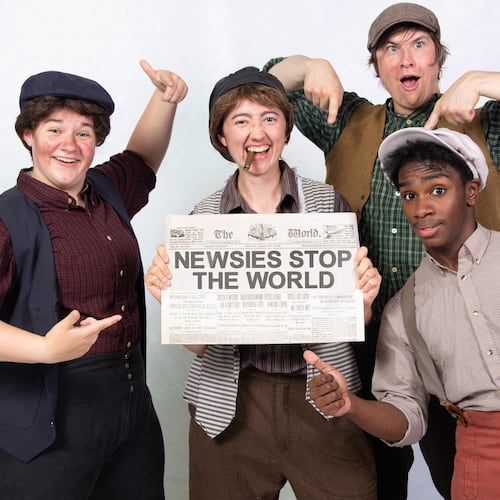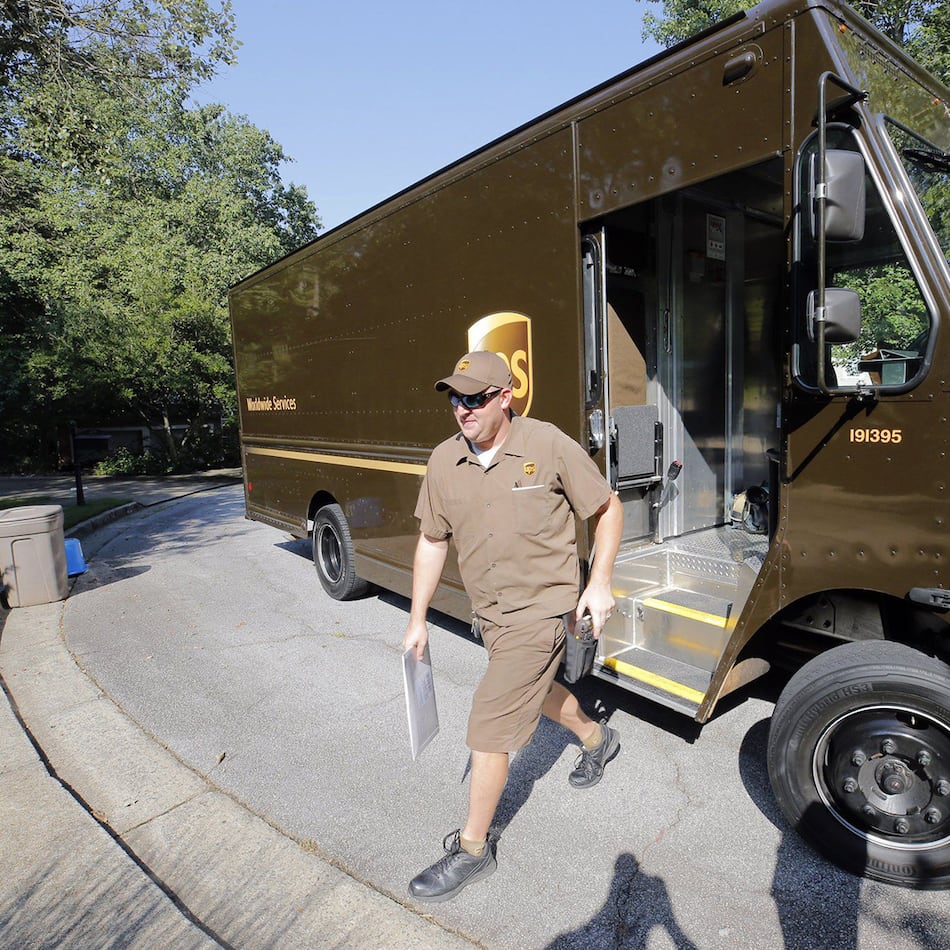Imagine plucking the Mad Hatter from Lewis Carroll’s “Alice’s Adventures in Wonderland” and dropping him in Civil War Georgia.
That’s what author Frank Beddor is doing with his “Hatter M” (Automatic Pictures, $14.95) graphic novel series. This and his best-selling “The Looking Glass Wars” young adult books are proving to be one very important literary date. They can be read separately, but together they’re one epic tale with as many layers as anything Tolkien or Herbert ever put to paper.
The Minnesota-bred Beddor has been spending the better part of the past decade conjuring a world using Carroll’s story as the palette, his own fluid imagination as the paints. According to Beddor’s tales, Alyss Heart, the 11-year-old princess of Wonderland, leaves her world just as her evil aunt is violently taking over the place. Using a portal, Alyss arrives in Victorian London where she meets author Carroll. Carroll agrees to document her story, but gets it all wrong, even misspelling her name. Meanwhile, Alyss’ bodyguard, Hatter Madigan, jumps into our world, too, looking for the lost princess.
Think steampunky sci-fi meets historical fiction instead of standard fairy tale.
Readers are becoming curiouser and curiouser about Beddor’s work. Both of the first two “The Looking Glass Wars” tomes (“The Looking Glass Wars” and “Seeing Redd: The Looking Glass Wars, Book Two”) spent a total of 31 weeks on The New York Times Best-Seller List. “ArchEnemy: The Looking Glass Wars, Book Three” (Dial) recently hit shelves. If its action on Amazon.com is any indication (it debuted at No. 3 in the Stories category under children’s books), it may rival its predecessors.
At the same time, his second graphic novel, “Hatter M: Mad With Wonder, Volume Two” arrives in print.
That’s not to mention other existing products: a soundtrack inspired by the books, an Alyss book aimed at the younger princess-crazed audience, and online and collectible card games, based on “The Looking Glass Wars.” If that isn’t enough, Beddor is eyeing feature films and even a roller coaster that plummets riders into Wonderland.
Whew! Digesting that much information can leave you with a hangover worthy of a mad tea party.
And Beddor’s own story rivals those of Wonderland’s otherworldly denizens. A two-time freestyle snow skiing world champion, he broke into Hollywood as a stunt double, most notably as John Cusak’s doppelganger in the 1985 film “Better Off Dead.” He eventually segued into producing and helped put together the 1998 blockbuster “There’s Something About Mary.”
Financially gratifying, sure, but Beddor had a creative itch in need of a scratch. So he began writing “The Looking Glass Wars.” The fact that Carroll’s stories are public domain allowed Beddor to take something familiar and liberally twist it into a newfound shape.
Stacks of rejections from stateside publishers found Beddor pitching it in the United Kingdom, where it first saw print in 2004. After its overseas success, “The Looking Glass Wars” was released in America in 2006 and became a hit.
Wonderland mania will pick up steam in March when Disney releases director Tim Burton’s big-screen, live-action take on “Alice in Wonderland.” Perhaps it’s the timeless original and its unbridled you-can-take-it-anywhere quality that’s bringing Carroll’s yarns back in vogue.
Although he’s intent on turning his stories into films, too, Beddor’s Hollywood savvy is allowing him to wait patiently to see how Disney’s “Alice” plays its hand. And because of Beddor’s knack for world creation, Hasbro tapped him to come up with the story for the film version of “Monopoly,” which has director Ridley Scott attached.
On using Georgia’s Lovejoy Plantation as the inspiration for a setting in “Hatter M: Mad With Wonder, Volume Two”:
“I always spend a lot of time searching for the right name — something that really rings and helps to create the character rather than detracting from it. So when it was time to find a name for our Southern belle and her plantation, I did a rough draft and stuck a placeholder name in until we could find the name I wanted.
“So I called the plantation Twelve Oaks as an homage to Ashley Wilkes’ plantation in ‘Gone With the Wind.’ In searching through Civil War-era names, I found Lovejoy. ... Out of curiosity, I Googled Lovejoy Plantation and was stunned to see that not only had there been a Lovejoy Plantation in Georgia, but it was the inspiration for Twelve Oaks. That was an eerie moment of literary synchronicity. Then, ironically, I discovered that my public relations agent Jacqueline Lovejoy’s distant family owned the Lovejoy Plantation; the perfect small world moment!”
On choosing the South for a backdrop in “Hatter M”:
“The fun of doing this is the great variety and color of America’s regionalism during that time. The South, in particular, had such a rich, Gothic backdrop with its port cities, exotic religions and holy-roller preachers, aristocratic refinements and raw human struggles that it was difficult to contain its hothouse energy in one volume. Volume three takes Hatter to Washington, D.C., and onto the Wild West, the Grand Canyon and San Francisco’s Barbary Coast.”
About the Author
Keep Reading
The Latest
Featured

